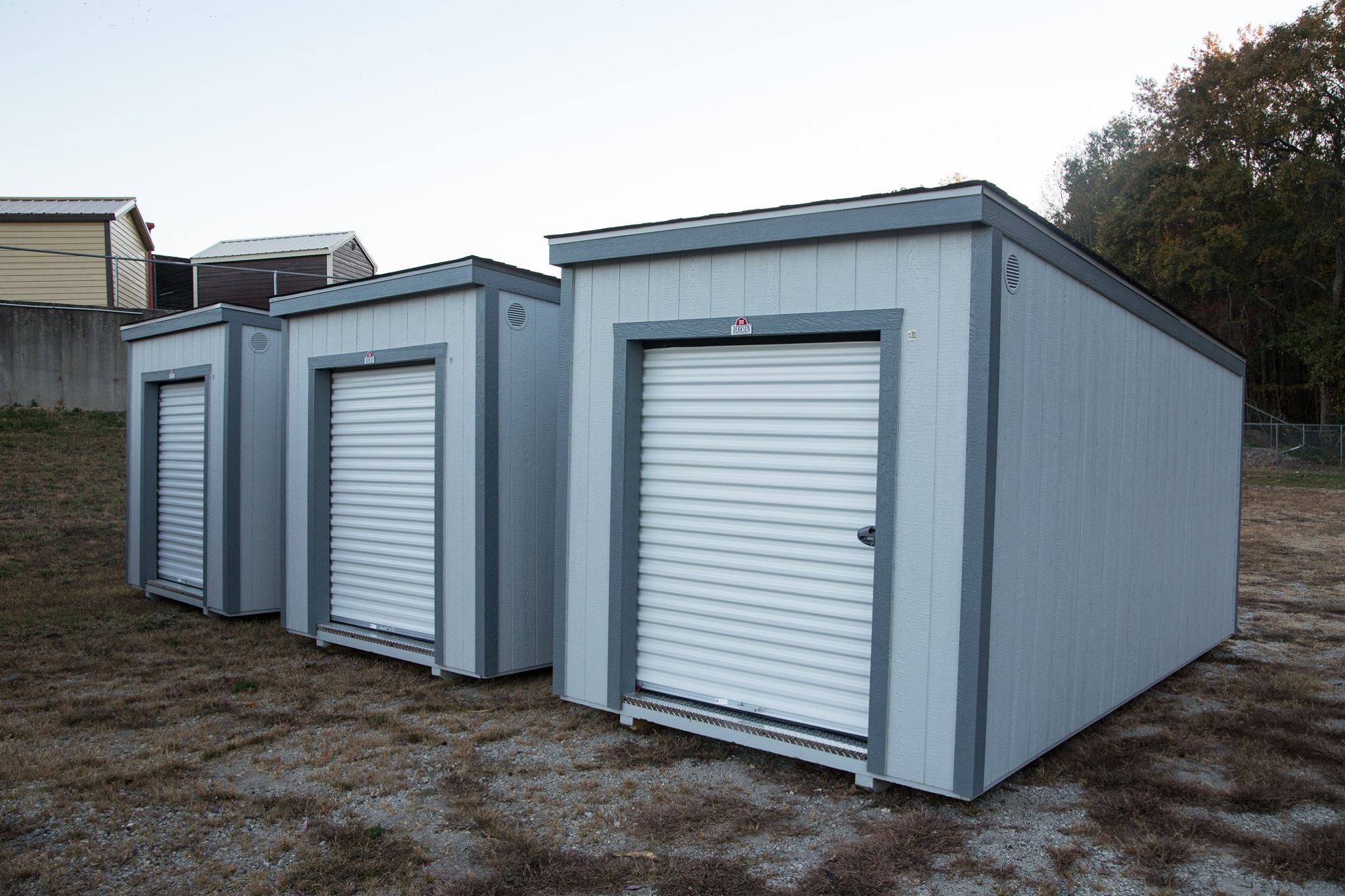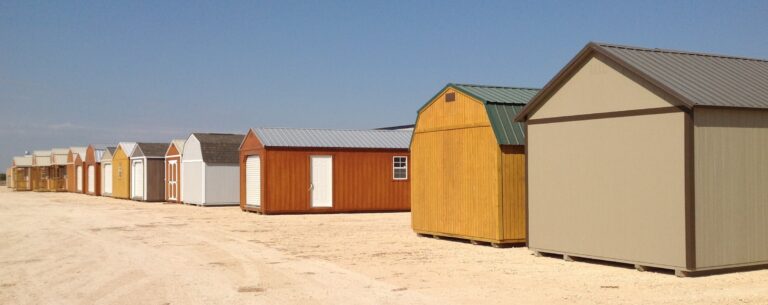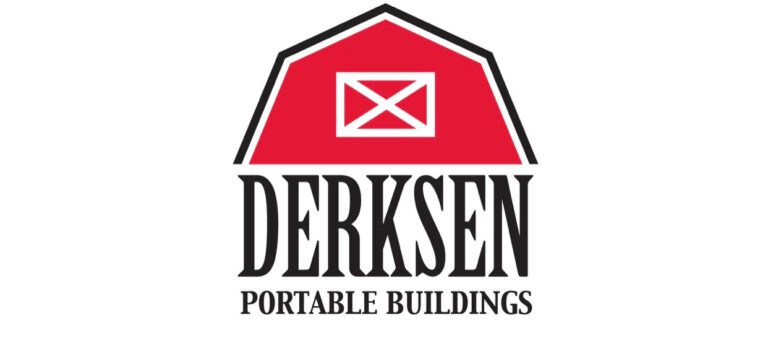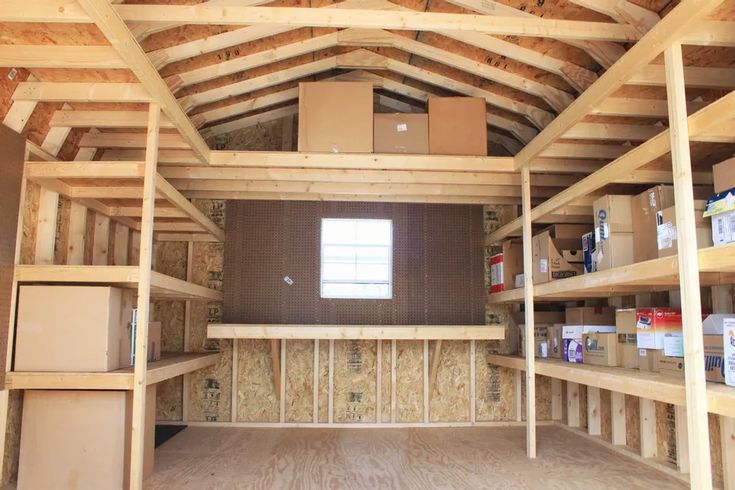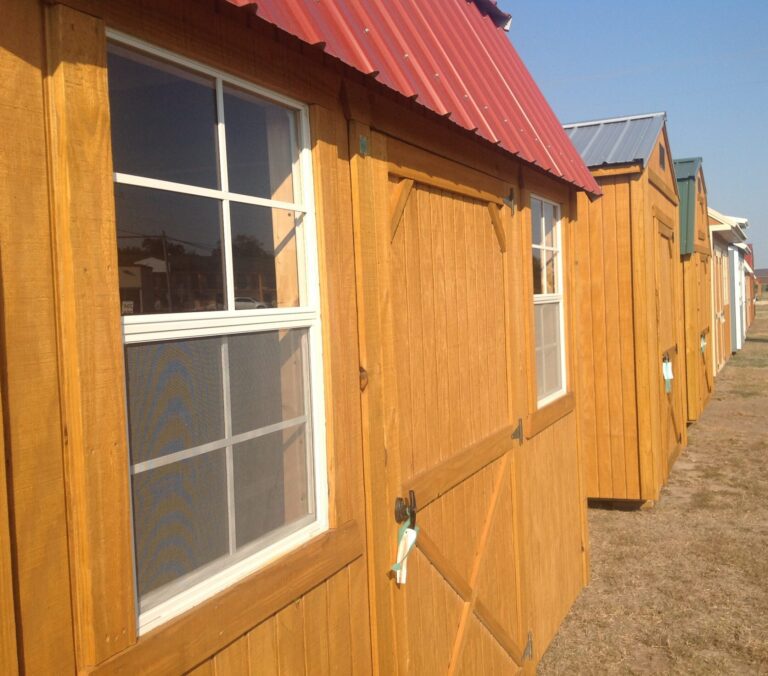5 Steps to Choosing the Perfect Portable Shed
Exploring the World of Portable Sheds Portable sheds offer versatility and practicality for various storage needs. Whether your aim is to declutter…
Exploring the World of Portable Sheds
Portable sheds offer versatility and practicality for various storage needs. Whether your aim is to declutter your living space, create a functional workshop, or securely house valuable equipment, selecting the right shed is pivotal. This guide provides a comprehensive overview with a breakdown into five critical steps to assist you in making an informed choice.
1. Assess Your Needs: A Foundation for Decision-Making
Commencing your journey into the world of portable sheds requires a thorough evaluation of your intended usage:
- Item Inventory: Begin by cataloging and categorizing the items you plan to store within the shed. Consider their size, type, and quantity. Whether it’s gardening tools, lawnmowers, or seasonal possessions, this assessment serves as the bedrock for determining the shed’s size and essential features.
2. Choose the Right Size: Dimensions Matter
Size stands as a decisive factor when it comes to portable sheds. To ensure a seamless fit within your property, meticulous measurements are indispensable. Beyond floor space, consider the shed’s height, which plays a crucial role in accommodating taller items comfortably.
3. Material Selection: Weighing the Options
Portable sheds are available in various materials, each with its unique attributes. Your choice of material should align with your preferences and the prevailing climate of your location:
- Wood: Offering a timeless aesthetic, wood can be customized with paint or stain. Its inherent robustness allows it to withstand diverse weather conditions, although it necessitates periodic maintenance.
- Metal: Revered for durability and minimal maintenance requirements, metal sheds are resistant to pests and fire, though they may be susceptible to rust.
- Resin/Plastic: Lightweight and low-maintenance, resin/plastic sheds resist rot, pests, and rust. However, they may not match the sturdiness of wood or metal sheds.
4. Consider Customization: Tailoring to Your Needs
Contemplate how you intend to utilize the shed and any specific requirements you have in mind. This step involves crafting a shed design that caters to your unique needs, whether it involves shelves, windows, or ventilation. Some sheds offer flexibility in integrating shelves, hooks, or workbenches, allowing you to create a personalized storage haven.
5. Budget Wisely: Balancing Cost and Quality
Set a prudent budget for your portable shed purchase, keeping in mind that prices vary based on size, material, and features. It’s essential to recognize that quality is paramount. While a slightly higher initial investment may be required, it can result in long-term savings by reducing the likelihood of repairs and replacements. Additionally, consider ongoing maintenance expenses linked to your chosen material.
In Conclusion: The Path to the Perfect Portable Shed
Selecting the right portable shed is a significant decision that directly impacts your storage efficiency. By following these five decisive steps—assessing your needs, sizing accurately, choosing the suitable material, customizing to your specifications, and budgeting wisely—you will embark on a path towards securing the perfect portable shed. This ensures a functional, organized, and durable space that meets your requirements for years to come.

